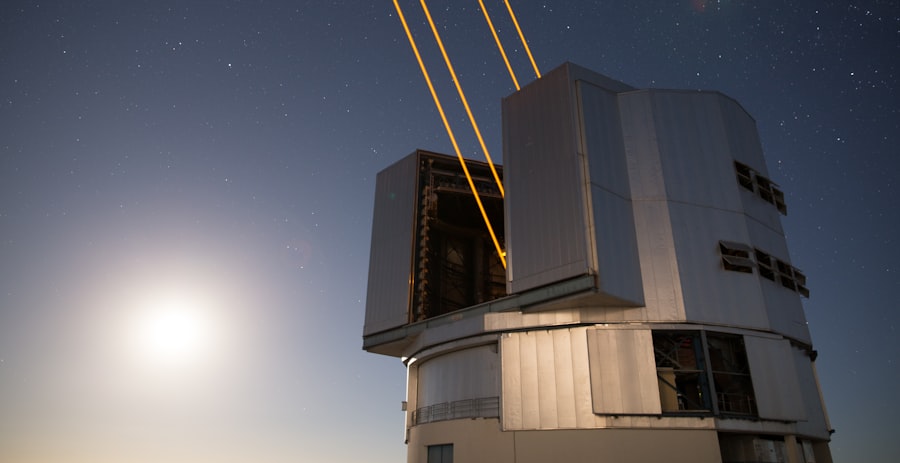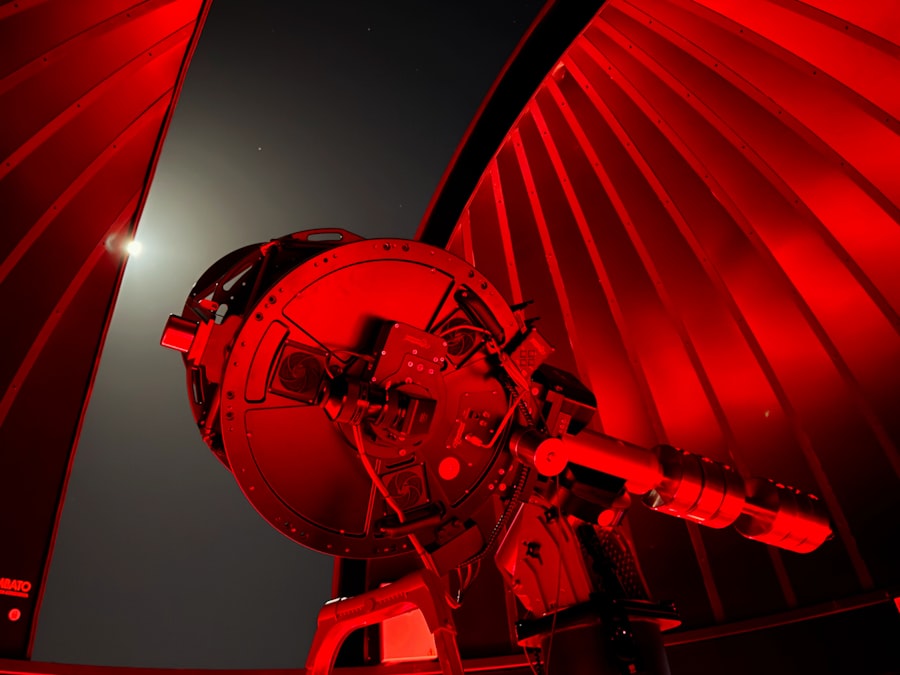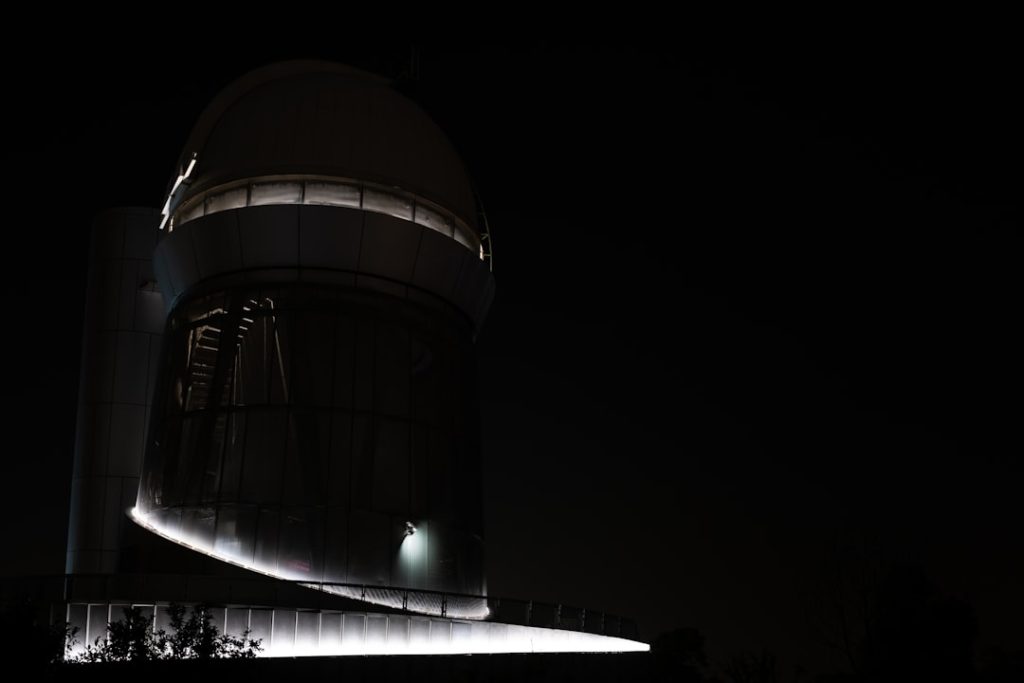The James Webb Space Telescope (JWST) represents a monumental leap in our quest to understand the cosmos. Launched on December 25, 2021, this space observatory is a collaborative project between NASA, the European Space Agency (ESA), and the Canadian Space Agency (CSA). Named after James E. Webb, who served as the administrator of NASA during the Apollo program, the telescope is designed to succeed the Hubble Space Telescope, which has provided invaluable insights into the universe since its launch in 1990. Unlike Hubble, which primarily observes in the visible and ultraviolet wavelengths, JWST is optimized for infrared observations, allowing it to peer through cosmic dust and gas to reveal celestial phenomena that have remained hidden from view. The JWST is not merely an upgrade; it embodies a paradigm shift in astronomical research. With its large primary mirror measuring 6.5 meters in diameter—more than two and a half times larger than Hubble’s—JWST can collect significantly more light, enabling it to observe fainter objects at greater distances. This capability is crucial for studying the early universe, as light from distant galaxies takes billions of years to reach us. By capturing this ancient light, JWST aims to provide insights into the formation of stars, galaxies, and planetary systems, thereby enhancing our understanding of cosmic evolution.
Key Takeaways
- The James Webb Space Telescope (JWST) is a powerful new tool for exploring the universe, set to launch in 2021.
- The mission of JWST is to study the formation of galaxies, stars, and planetary systems, and to investigate the potential for life in other planetary systems.
- JWST is expected to make unprecedented discoveries, such as detecting the first galaxies that formed in the early universe and studying the atmospheres of exoplanets.
- Unlike its predecessors, JWST will have a much larger and more powerful mirror, allowing it to observe faint and distant objects with greater clarity.
- The technology behind JWST includes a sunshield to protect it from the sun’s heat, and innovative instruments such as the Near Infrared Camera and the Near Infrared Spectrograph.
The Mission and Objectives of the James Webb Space Telescope
The mission of the James Webb Space Telescope is multifaceted, encompassing a wide range of scientific objectives that aim to deepen our understanding of the universe. One of its primary goals is to investigate the formation and evolution of galaxies. By observing galaxies at various stages of their development, astronomers hope to unravel the processes that led to the large-scale structures we see today.
This includes studying how galaxies merge and interact, as well as understanding the role of dark matter in shaping their formation. Another significant objective of JWST is to explore star formation and the conditions that lead to the birth of stars and planetary systems. The telescope’s infrared capabilities allow it to penetrate dense clouds of gas and dust where stars are born, providing a clearer view of these formative processes.
Additionally, JWST aims to study exoplanets—planets outside our solar system—by analyzing their atmospheres and searching for signs of habitability. This includes detecting chemical signatures that may indicate the presence of water or organic molecules, which are essential for life as we know it.
Unprecedented Discoveries and Breakthroughs

Since its launch, the James Webb Space Telescope has already begun to make unprecedented discoveries that are reshaping our understanding of the universe. One of its early findings was the identification of some of the most distant galaxies ever observed, dating back to just a few hundred million years after the Big Bang. These observations challenge existing models of galaxy formation and evolution, suggesting that galaxies may have formed earlier and more rapidly than previously thought.
In addition to distant galaxies, JWST has provided remarkable insights into star formation regions within our own Milky Way galaxy. By capturing detailed images of stellar nurseries like the Carina Nebula, astronomers have been able to observe the intricate processes involved in star birth. The telescope’s ability to detect faint infrared emissions has revealed previously unseen structures and phenomena, such as protostellar jets and outflows, which are critical for understanding how stars accumulate mass.
How the James Webb Space Telescope Differs from its Predecessors
| Aspect | James Webb Space Telescope | Predecessors |
|---|---|---|
| Primary Mirror | 6.5 meters in diameter | 2.4 meters in diameter (Hubble) |
| Operating Temperature | Under 50 Kelvin (-370°F) | Above 0°C (32°F) |
| Orbit | Lagrange point 2 (about 1.5 million km from Earth) | Low Earth orbit (Hubble) |
| Observation Range | Primarily infrared, can see through dust clouds | Primarily visible and ultraviolet light |
The James Webb Space Telescope distinguishes itself from its predecessors through several key features that enhance its observational capabilities. While Hubble primarily operates in the visible and ultraviolet wavelengths, JWST is designed for infrared astronomy. This shift allows it to observe cooler objects in space, such as distant galaxies, newly forming stars, and even planets within our solar system.
Infrared observations are particularly valuable for studying objects obscured by dust clouds, which often conceal critical information about their composition and behavior. Another significant difference lies in JWST’s size and design. The telescope’s large primary mirror enables it to collect more light than Hubble, resulting in higher resolution images and the ability to detect fainter objects.
Furthermore, JWST employs a segmented mirror design that allows for precise adjustments during operation, ensuring optimal performance over its mission lifespan. The telescope’s sunshield—a five-layer structure roughly the size of a tennis court—protects its instruments from solar radiation and maintains the necessary cold temperatures for infrared observations.
The Technology and Innovations Behind the James Webb Space Telescope
The technological innovations incorporated into the James Webb Space Telescope are a testament to human ingenuity and engineering prowess. One of the most notable advancements is its use of advanced materials and coatings that enhance its performance in infrared wavelengths. The primary mirror is made from beryllium coated with a thin layer of gold, which optimizes its reflectivity for infrared light.
This careful selection of materials ensures that JWST can achieve its ambitious scientific goals. Additionally, JWST is equipped with state-of-the-art instruments designed for a variety of scientific applications. The Near Infrared Camera (NIRCam) allows astronomers to capture high-resolution images across a wide range of infrared wavelengths, while the Mid-Infrared Instrument (MIRI) provides capabilities for spectroscopy and imaging in longer wavelengths.
These instruments work in concert to enable a comprehensive analysis of celestial objects, from their physical properties to their chemical compositions.
The Impact of the James Webb Space Telescope on Astronomy and Astrophysics

The impact of the James Webb Space Telescope on astronomy and astrophysics is profound and far-reaching. By providing unprecedented access to previously unobservable regions of space, JWST is poised to revolutionize our understanding of fundamental questions about the universe. Its ability to observe distant galaxies will help astronomers refine models of cosmic evolution and address long-standing mysteries regarding dark matter and dark energy.
Moreover, JWST’s contributions extend beyond galaxy formation; it also plays a crucial role in planetary science. The telescope’s capacity to analyze exoplanet atmospheres opens new avenues for investigating potential habitability beyond Earth. By identifying chemical signatures indicative of life-supporting conditions, JWST could significantly advance our search for extraterrestrial life.
This intersection of astronomy and astrobiology underscores the telescope’s potential to reshape our understanding of life’s existence in the universe.
Future Prospects and Potential for New Discoveries
As the James Webb Space Telescope continues its mission, future prospects for new discoveries remain incredibly promising. With its advanced capabilities, JWST is expected to uncover new phenomena that challenge existing theories and expand our knowledge base. For instance, ongoing observations of exoplanets may reveal unexpected atmospheric compositions or even signs of biological activity, prompting a reevaluation of what constitutes habitable conditions.
Furthermore, JWST’s ability to observe distant galaxies will likely lead to new insights into cosmic history. As astronomers analyze data from various epochs in the universe’s timeline, they may uncover evidence supporting or refuting current models of galaxy formation and evolution. The telescope’s long-term mission will enable researchers to track changes over time, providing a dynamic view of cosmic processes that have shaped our universe.
The James Webb Space Telescope’s Role in Understanding the Origins of the Universe
At its core, the James Webb Space Telescope is fundamentally concerned with unraveling the origins of the universe itself. By observing light from some of the earliest galaxies formed after the Big Bang, JWST aims to shed light on critical moments in cosmic history that have shaped everything we see today. This includes investigating how matter coalesced into stars and galaxies and how these structures evolved over billions of years.
Moreover, JWST’s observations will contribute significantly to our understanding of fundamental cosmological questions such as the nature of dark matter and dark energy—two components that dominate our universe yet remain poorly understood. By providing high-resolution images and spectra from distant regions of space, JWST will help astronomers piece together a more complete picture of how these enigmatic forces influence cosmic evolution. In summary, the James Webb Space Telescope stands as a beacon of hope for astronomers seeking answers to some of humanity’s most profound questions about existence and our place in the cosmos.
Its innovative technology and ambitious mission promise not only to enhance our understanding but also to inspire future generations to explore the mysteries that lie beyond our planet.


